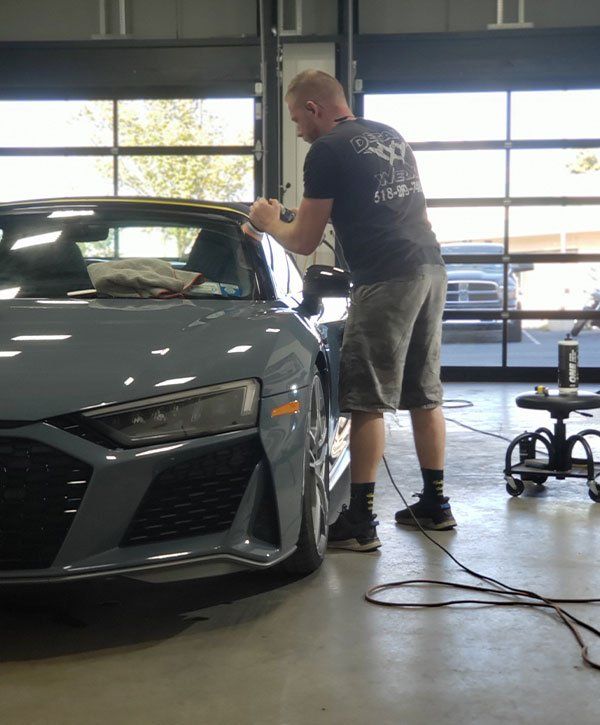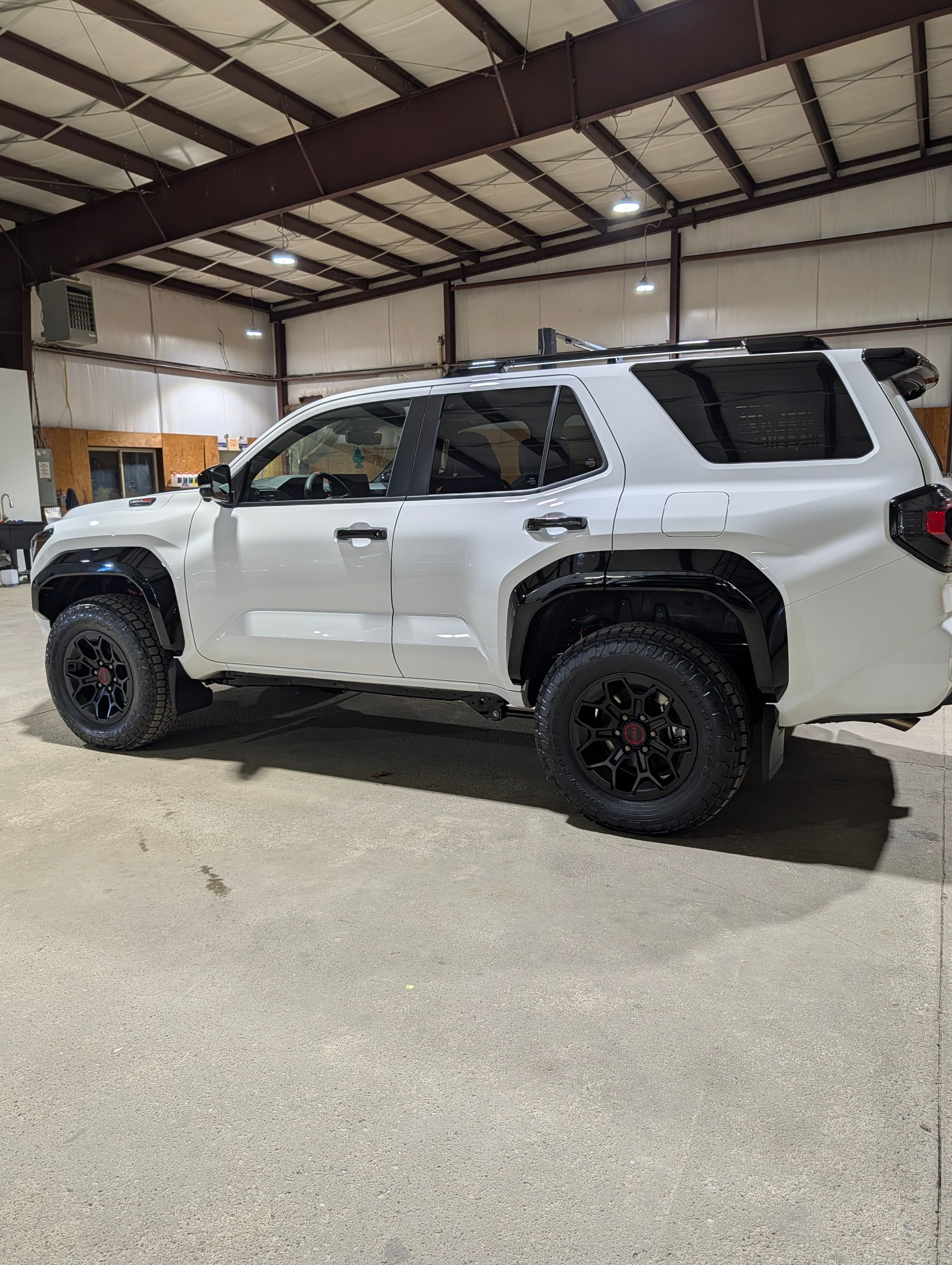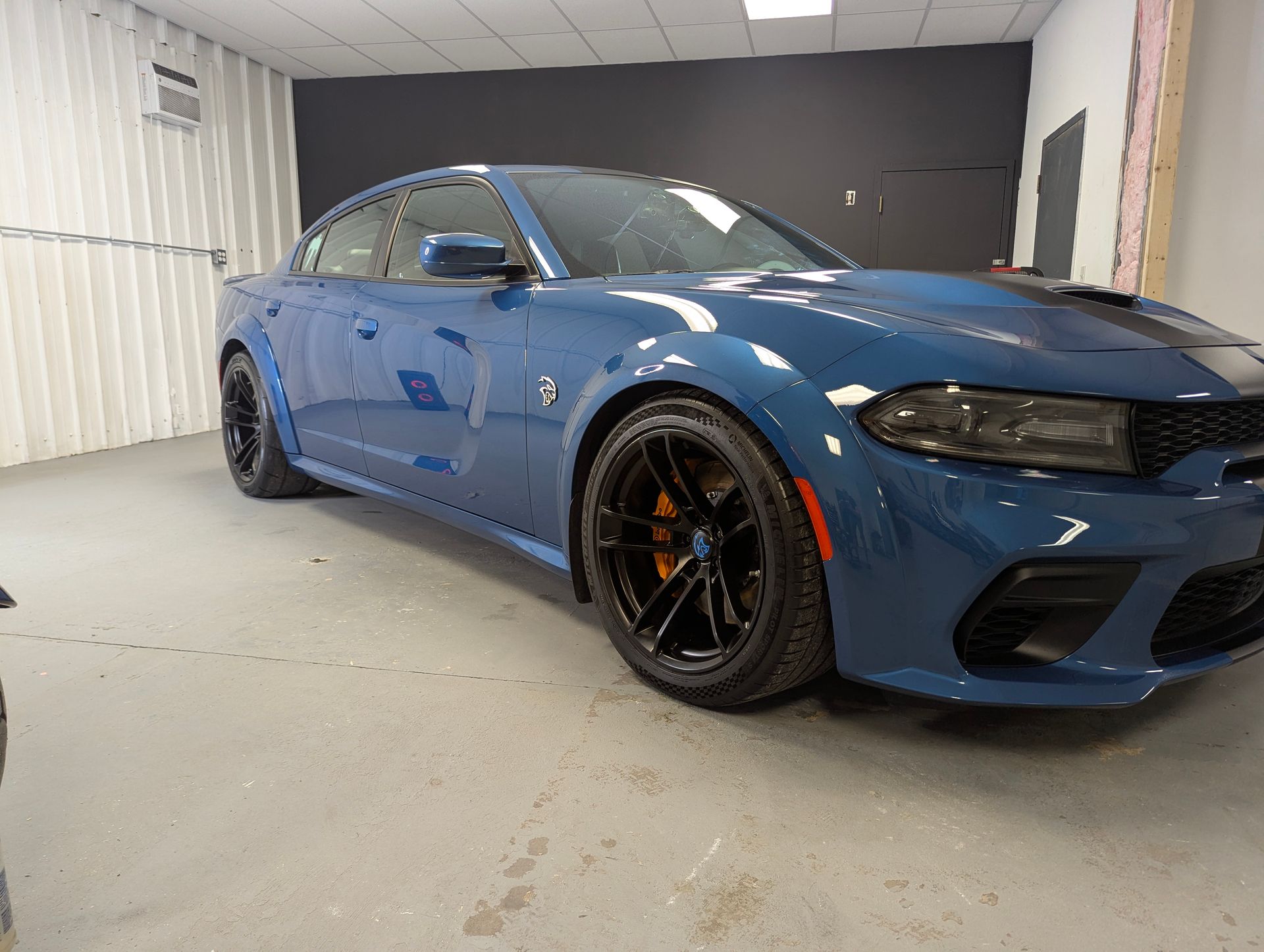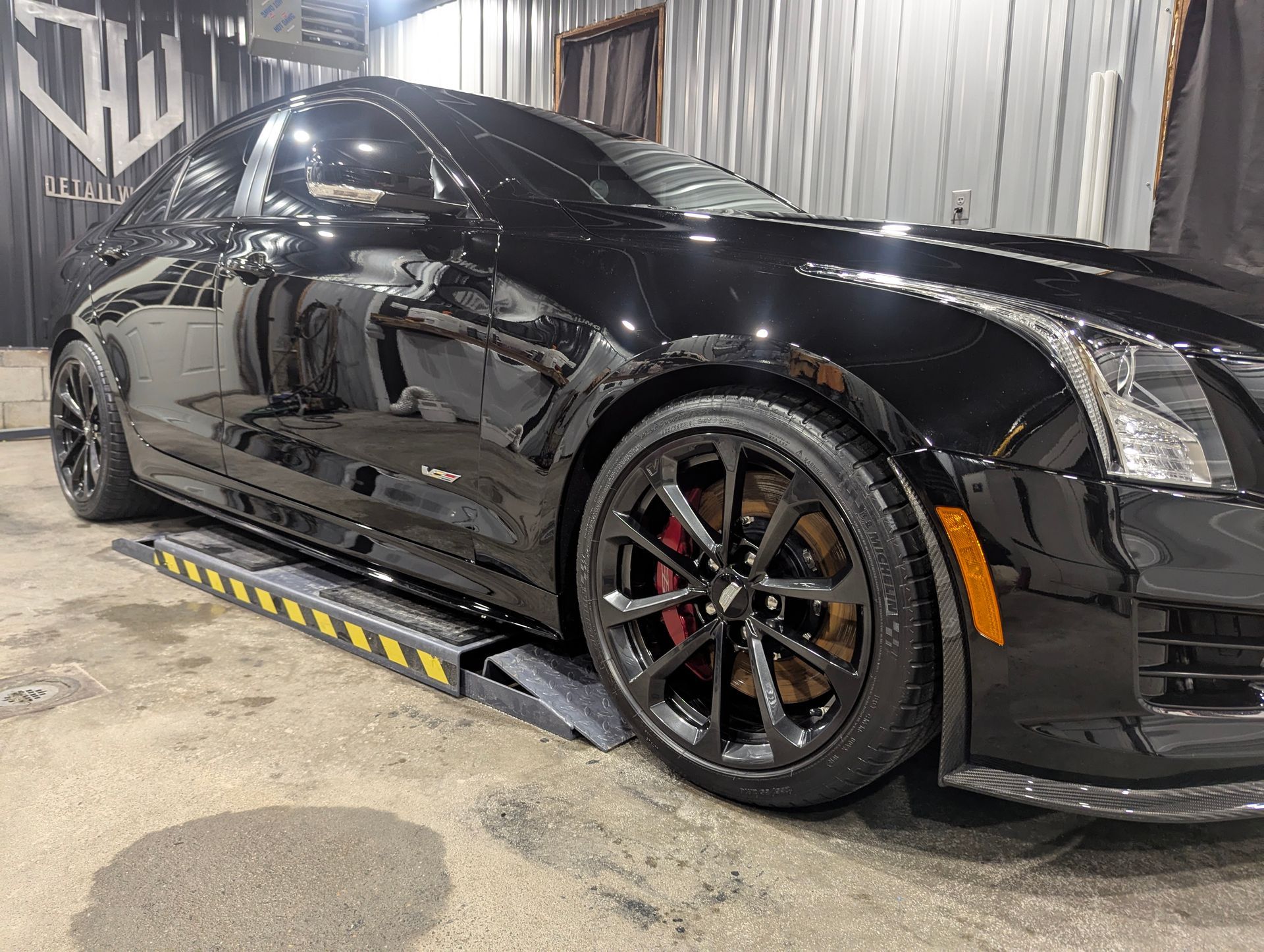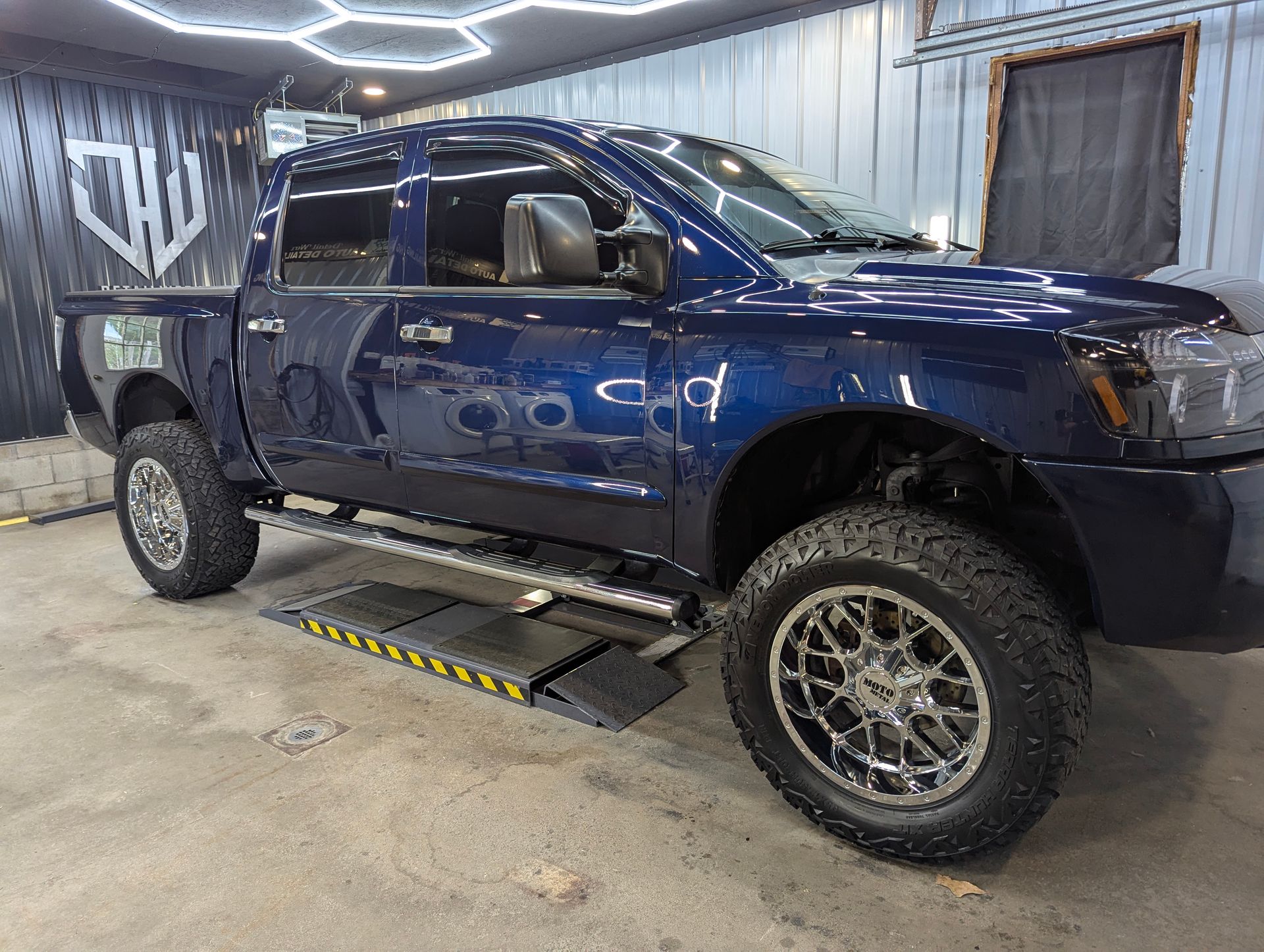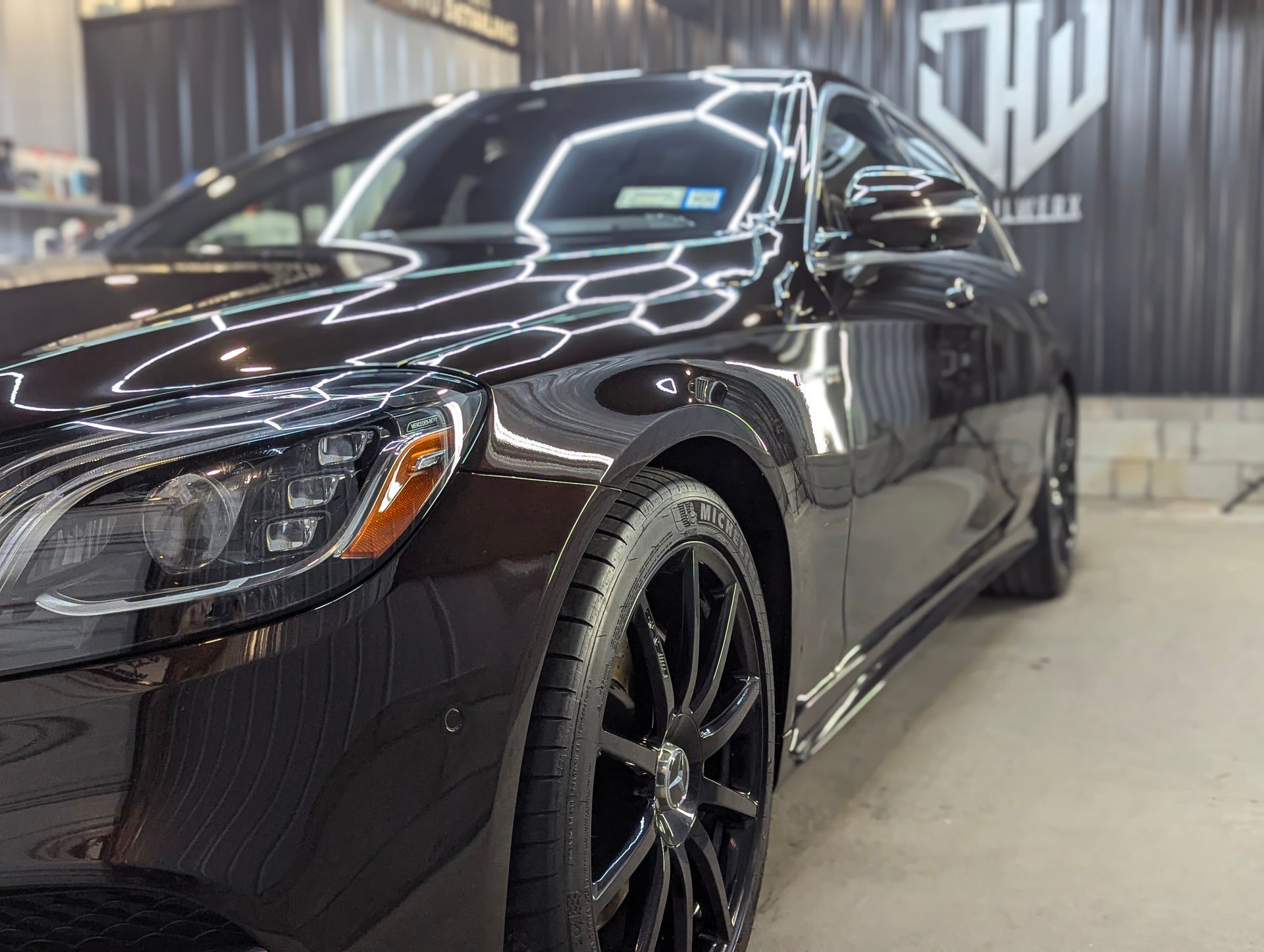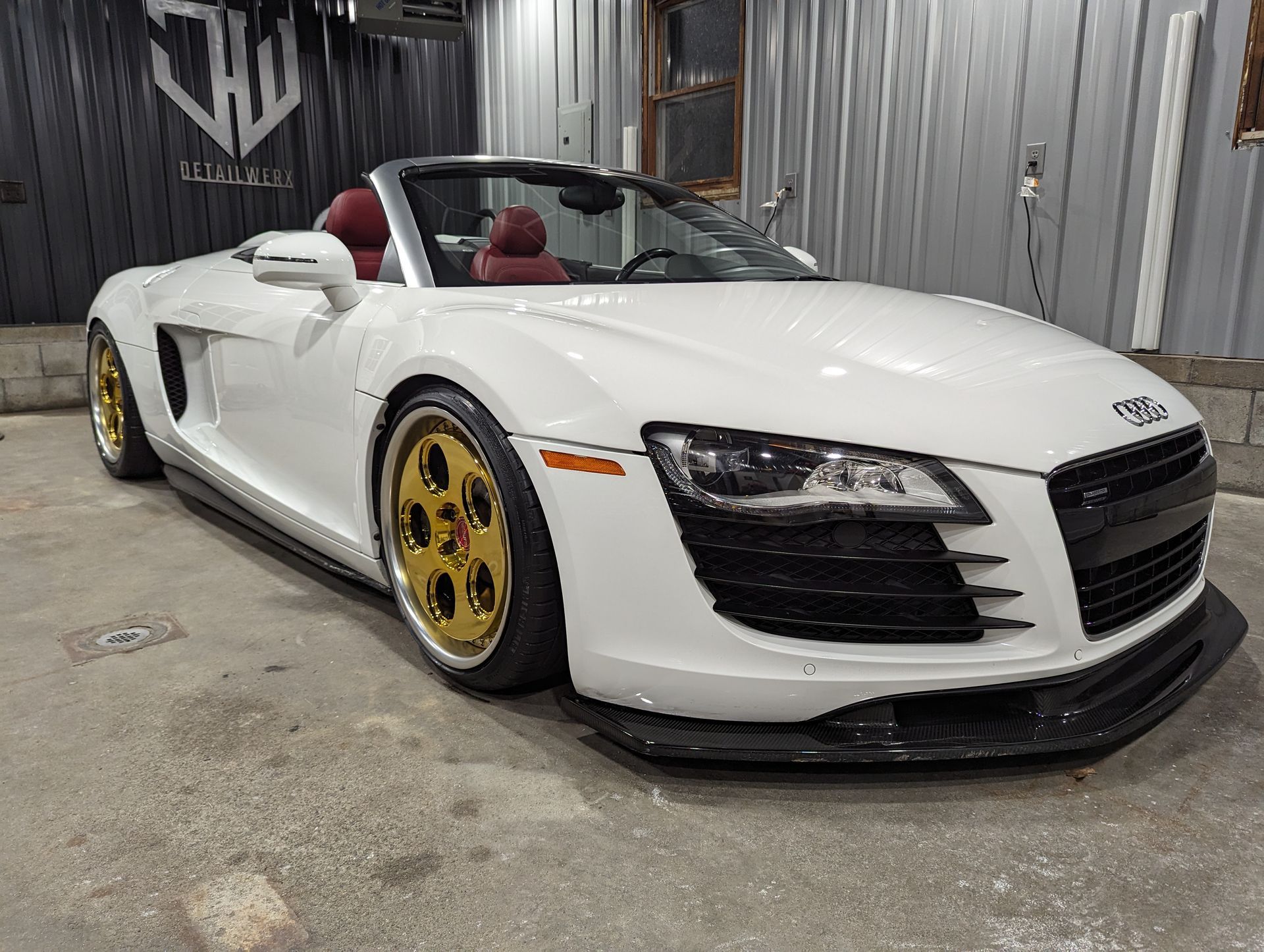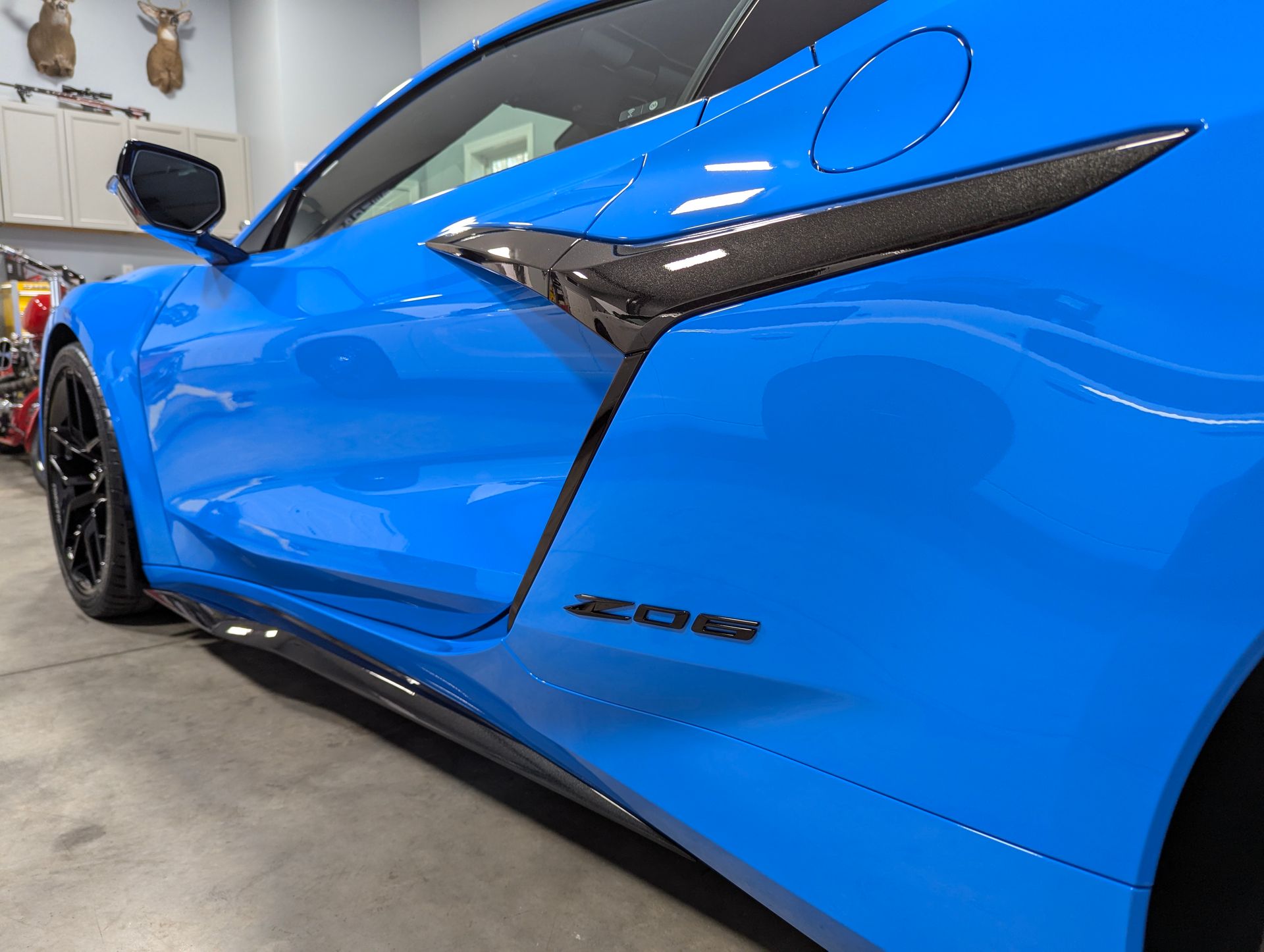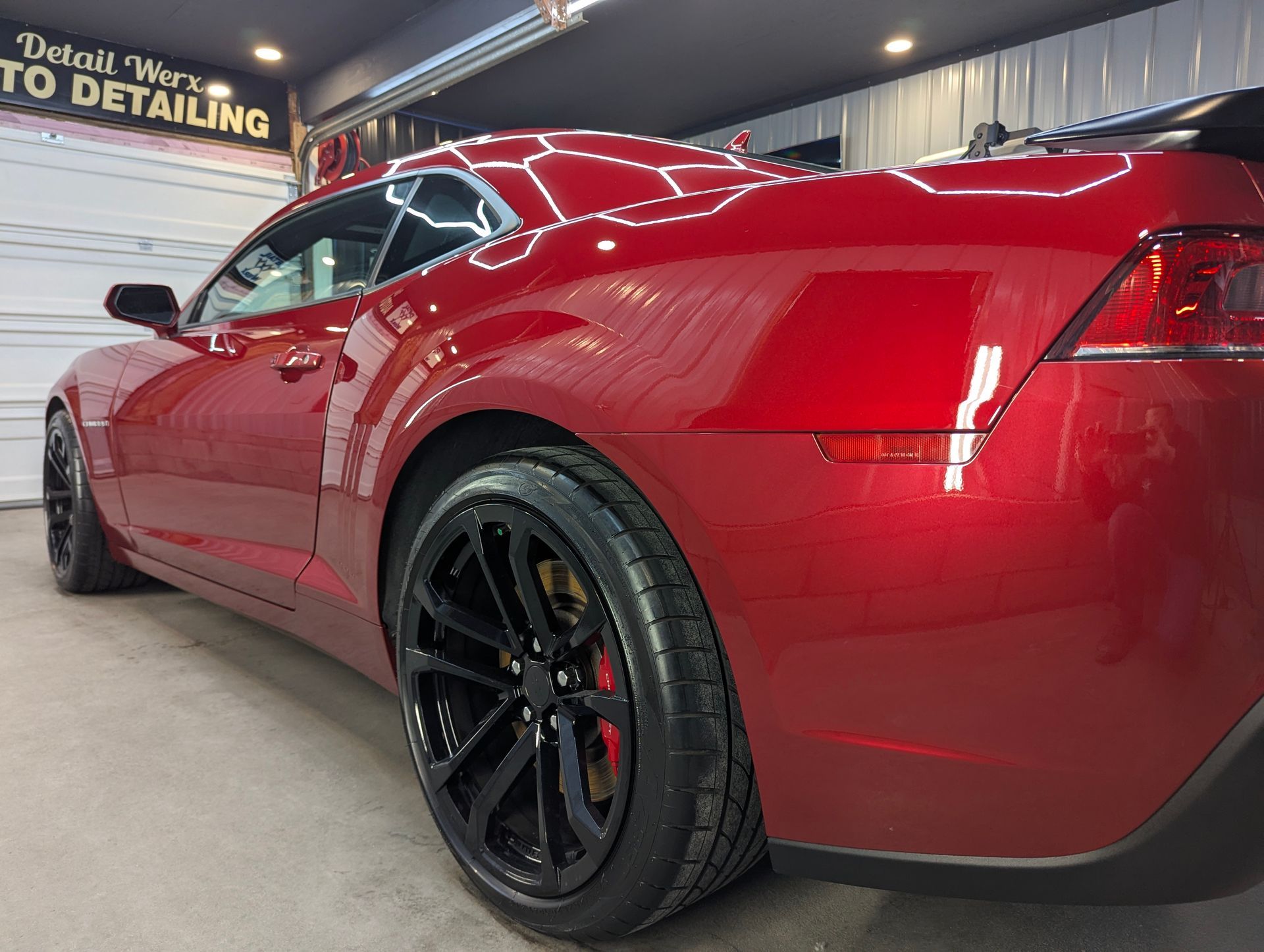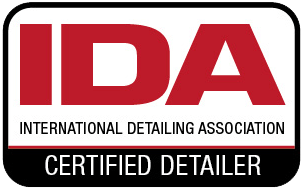The allure of a pristine, glossy vehicle is something every vehicle owner cherishes. However, paint imperfections can slowly detract from that shine, leaving you with a vehicle that looks far from showroom-ready. Enter paint correction—the process that can restore your car's paintwork back to its original luster. But is it something you actually need? In this comprehensive guide, we'll walk you through the must-knows of paint correction, how to identify if your car requires it, the various methods for correction, and the best approach for your specific situation.
Understanding Paint Correction
Before we begin our exploration, it's important to understand what paint correction is. Simply put, it's a professional process that involves the significant removal of surface imperfections in a car's paintwork. These imperfections can range from swirl marks and light scratches to more severe signs of wear and damage, like oxidation or clear coat failure. The process typically involves careful machine polishing using various grades of abrasive polishes and sometimes may even include wet sanding techniques.
The Art of Affected Surfaces
When we refer to the affected surfaces, we're talking about the visible exterior paint of your car, which is typically a clear-coated surface. Over time, this coat can get contaminated with dirt, and airborne pollutants, or fall victim to the natural abuse of the elements like UV rays, acid rain, and the road's gradual wear and tear.
Signs You Might Need Paint Correction
With various degrees of damage that a vehicle's paint can incur over time, it's essential to be able to spot the signs early on. One thing to note is that not every paint discrepancy can be resolved through paint correction. Each case is unique and should be evaluated individually, but some telltale signs that your car requires this treatment are:
Faded Paint
A dull or faded appearance is one of the most obvious signs. This can occur due to sun damage, erosion, or incorrect cleaning methods.
Swirl Marks
These are circular, often spider-web-like patterns that typically result from poor washing techniques, like using dirty sponges or abrasive cloths.
Scratches
Scratches, especially deep ones, will be visible at a glance and can quickly ruin the appearance of the car's paint.
Oxidation
When the clear coat begins to fail, it results in a chalky appearance on the paint's surface. This oxidation can be corrected to restore the shine.
By keeping an eye out for these issues, you can act promptly to maintain the appeal of your car's look.
The Advantages of Paint Correction
The benefits of paint correction go beyond mere aesthetics; they can have a long-term impact on your vehicle's maintenance and even its resale value. Here are some compelling reasons why you might consider the investment:
Restored Shine and Gloss
Proper paint correction can eliminate all the visible signs of wear and tear, restoring the paint's original brightness and depth of color.
Protection from Environmental Damage
A corrected and polished surface finished with a professional sealant or ceramic coating provides a better barrier against the sun's harmful UV rays, dirt and pollutants, and the elements, prolonging your car's attractiveness and even helping protect against rust in the long run.
Increased Vehicle Value
If you're one to appreciate the monetary value of your vehicle, know that a well-maintained paint job can significantly increase the resale value of your car. It makes the car more appealing to prospective buyers, either directly or in a trade-in situation.
When to Consider Paint Correction
New vs. Old Vehicles
For new cars, paint correction can ensure that the initial finish remains in top condition for as long as possible. Despite what many people think, even brand-new cars can have surface imperfections; in fact, some cars straight from the factory may have been transported and exposed to various conditions that can cause damage. For older vehicles, paint correction is often a rejuvenation process that can extend the life of your car's paint job. Whether you have a brand-new or older vehicle, it's never too early or too late to consider paint correction.
Frequency of Detailing
If you're diligent about regular car detailing, paint correction might not be needed as often. However, if your vehicle's exterior hasn't received a professional cleaning in a while, it's worth considering a full paint correction treatment to reset the clock on its aesthetic appeal.
Budget Considerations
The cost of paint correction can vary depending on the vehicle's condition and the detailing services offered. It's important to weigh the cost against the benefits and the value you place on your car's appearance. Additionally, if you are going to invest in a paint correction service, something to consider might also be the additional protection you choose. After correcting a vehicle’s paint, it is the perfect time to consider a ceramic coating to maintain the new finish and protect it from further damage.
In Conclusion
Paint correction is a valuable investment for any vehicle owner looking to maintain their car's aesthetic appeal and value. By understanding what it is, how to identify if your car needs it, and when to consider it, you can decide whether paint correction is necessary for your specific situation. At Detail Werx, our team of experts can help evaluate your car's paintwork and provide tailored recommendations for the best approach to achieve a showroom-worthy finish. Don't wait until it's too late; schedule a consultation with our team today or fill out our quick quote form!




